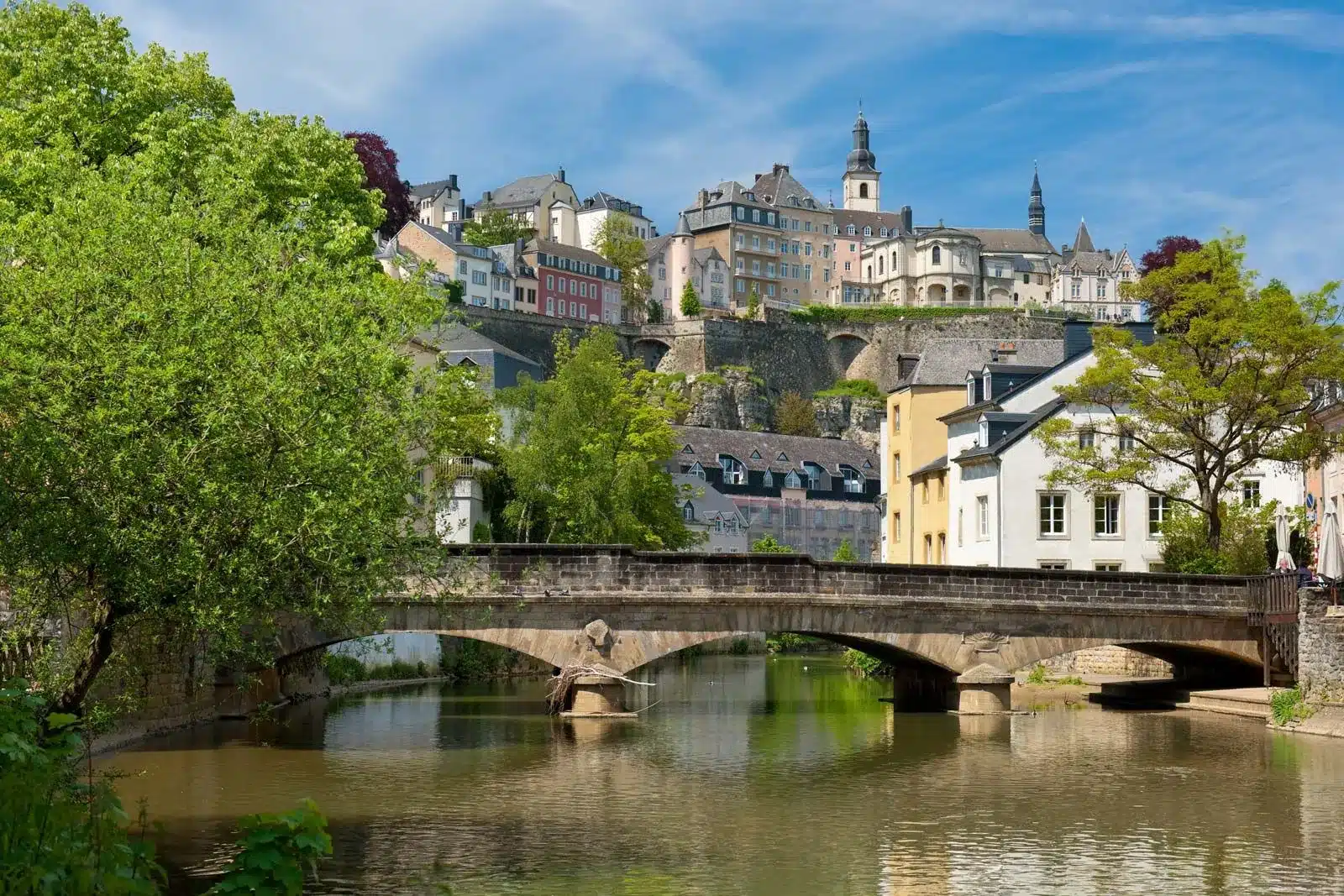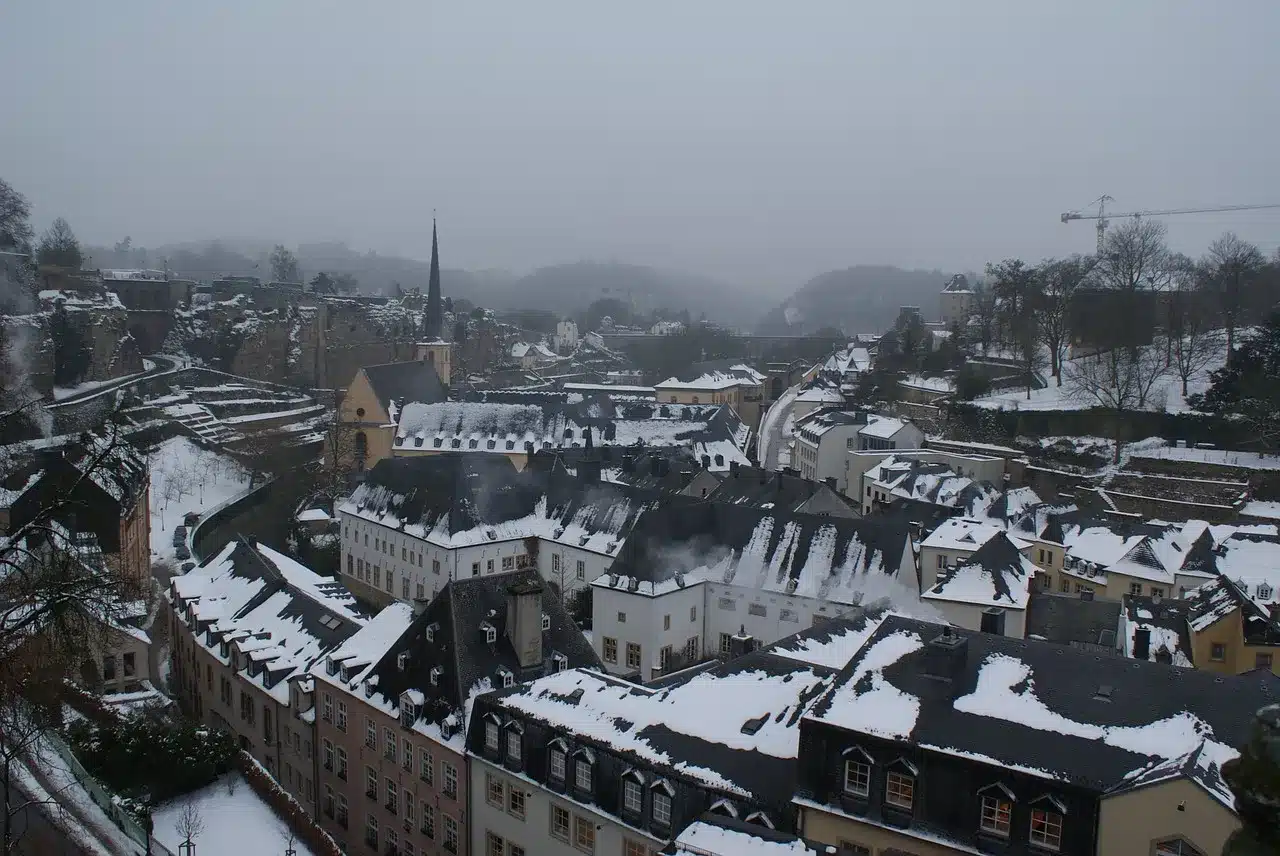Visit Luxermbourg – A Travel Guide
Take a vacation in Luxembourg, a landlocked nation in the Benelux region. Germany, France, and Belgium encircle it. And because of its location, it is a melting pot of Latin and Germanic civilizations, but there sure is more to this exciting location, so tag along.
Any territory ruled by a grand duke or grand duchess is known as a grand duchy, often known as a grand dukedom, this could be a very ideal way to describe Luxermbourg, a sandstone plateau city.
Being the second-smallest member of the EU with steel, banking, and technology holding the hands of its economy, which thrives in part though.
This is due to its central location in Western Europe, close to other powerful economies. Given that it is among the world’s three richest nations, living expenses and travel costs are commensurate.
A View of Luxembourg
Reputed for its banking and finance industry, Luxembourg is a prosperous tiny nation in Europe which is also well-known for its stunning castles and scenery.
The nation’s economy is solid, but its unemployment rate is low despite the old world charm and modern design in the capital, Luxembourg City.
Its gardens, museums, and old town are popular tourist destinations even as the nation boasts a good quality of living and is a member of the European Union.
Visitors will find Luxembourg to be an intriguing location due to its rich history and culture, which is impacted by its neighbors.
What Are the Highlights of Luxembourg?

1. Since Luxembourg is such a small nation, it usually takes less than an hour to travel from the capital to any place. While there is a lot of train service in the south, there is only one main line in the north.
2. Within the city, there is extensive and dependable bus service; the most helpful route for visitors is 16, which goes through Kirchberg to link the town and the airport.
3. They are available for purchase from the driver and have a two-hour maximum validity. Tickets for the whole day are also offered extends into Belgium after passing through Mersch, Ettelbruck and Wilverwiltz.
4. The official language of the nation is French, while Luxembourgish is the native tongue. The German dialect gave rise to Luxembourgish, which is very close.
5. Information is typically provided in French on menus, road signs, and information centers, however in the area that borders Germany, being is the most widely spoken language.
6. The Euro is the currency of Luxembourg, and each member of the eurozone issues its own coins, which are interchangeable. Even in Luxembourg, Luxembourgish coins are among the rarest of all the euro coins.
Young people typically consume foreign or local beer, and there are a fair number of breweries in the area. The Diekirch, Bofferding, Battin, and Mousel are the most well-liked.
What is the Official Language of Luxembourg?
German, French, and Luxembourgish are the three official languages of the country, but the majority of people speak Luxembourgish, which is the official language of the country.
German is also used in official papers and correspondence, but French is more frequently used in administration, business, and the media. Most people in Luxembourg are proficient in at least two of these languages.
Luxembourg’s historical and cultural links to other nations like France, Germany, and Belgium are reflected in its multilingualism. In order to encourage linguistic diversity and proficiency among residents, teaching in schools is frequently conducted in many languages.
How is the Climate of Luxembourg?

Luxemburg experiences mild winters and cool summers due to its marine influence, and due to this, there is minimal climate diversity in the nation due to its small size.
The tiny city often experiences roughly 800 mm of precipitation on average per year, with a drier spell from April to September.
The nation is fascinating and enjoyable to travel to because it also manages to cram a remarkable amount of natural beauty into its little area with a climate comparable to that of countries closeby.
Even though winters are moderate, the coldest months are January and February, when temperatures can drop as low as -15 degrees Celsius. During the summer, it can get very hot; the hottest months are July and August.
One can say temperatures can frequently reach approximately 30 degrees Celsius, although summer is the busiest travel season, spring and fall are the most comfortable seasons to go. June 23rd is National Day of Luxembourg.
The majority of Luxembourg’s landscape is composed of gently sloping valleys and hills. The region in the north gradually gets hillier, and the region in the south slopes sharply down to the Moselle flood plain.
The linguistic situation in Luxembourg is characterized by the practice and the recognition of three official languages: French, German, and the national language Luxembourgish established in law in 1984.
How Much Money Will You Need to Travel to Luxembourg?
The average daily cost of travel in Luxembourg is €149 ($167) while a single day’s worth of food costs on average €67 ($76).
A couple’s hotel stay typically costs €139 ($157) in the capital city so, to assist you in creating your personal trip budget, it is advised you make adequate planning and provision of funds to avoid being stranded.
Are There Tourist Centers in Luxembourg?
Sure! Despite being one of the world’s most smallest countries, it is home to some intriguing locations that attract tourists every year, like:
1. The Walls of the Corniche, Luxembourg City
Standing majestically over the old city in the river valley below, Luxembourg City’s Walls of the Corniche (le Chemin de la Corniche) have been dubbed “the most beautiful balcony in Europe.” This is where the great Gate of the Grund, built in 1632, is located.
2. The Bock Casements, Luxembourg City
The entrance to the renowned Casemates (Casements du Bock), a 21-kilometer network of subterranean passageways carved out of solid rock, is located on Luxembourg’s Bock cliff, which is also home to fortifications and cannon-loopholes.
3. Grand Ducal Palace, Luxembourg City
Grand Duke Henri’s official residence, the Grand-Ducal Palace, is a stunning Renaissance structure that dates back to 1572 and is a must-see landmark in Luxembourg City.
Built in 1572, it functioned as the city’s first municipal hall until 1795, when it was converted to the Grand-Ducal Place, its current usage, in 1890.
4. Upper Sûre Natural Park and Esch-sur-Sûre
The Upper Sûre Natural Park is a well-liked site for water sports, wildlife, and ecotourism. It is made up of plateaus, narrow valleys with forested slopes, and the lake created by the Upper Sûre dam.
There are plenty of guided and self-led walking tours available, ranging from easy strolls around the lake to more strenuous hikes.
5. Place Guillaume II, Luxembourg City
One of the biggest open spaces in Luxembourg is Place Guillaume, which was formerly a Franciscan convent and is now a pedestrian area. William II, the Grand Duke of Luxembourg and King of Holland, is depicted riding a statue in the center.
It is also home to the charming Town Hall, the well-known Trémont Lions, and the city’s well-liked weekly market, which is well-known for its locally grown produce as well as flowers and plants.
CSN Team.






